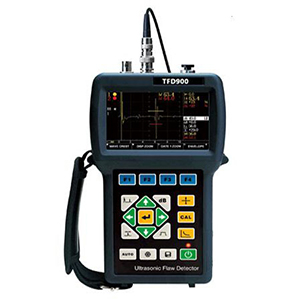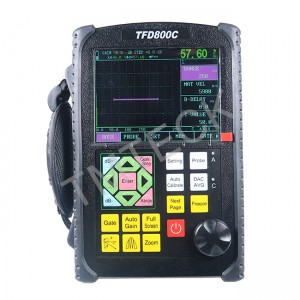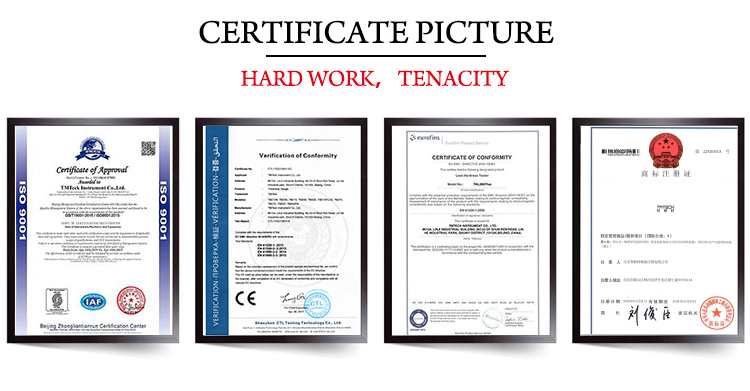Ultrasonic testing is a very useful and versatile Non destructive testing method. Some of the advantages of ultrasonic testing include:
It is sensitive to both surface and subsurface discontinuities.
The depth of penetration for flaw detection or measurement is superior to other NDT methods.
Only single-sided access is needed when the pulse-echo technique is used.
It is highly accurate in determining reflector position and estimating size and shape.
Minimal part preparation is required.
Electronic equipment provides instantaneous results.
Detailed images can be produced with automated systems.
It has other uses, such as thickness measurement, in addition to flaw detection.
As with all NDT methods, ultrasonic testing include also has its limitations, which include:
Ultrasonic testing has dead zone, the near surface cracks will be missed in thin steel plate
Surface must be accessible to transmit ultrasound.
Skill and training is more extensive than with some other methods.
It normally requires a coupling medium to promote the transfer of sound energy into the test specimen.
Materials that are rough, irregular in shape, very small, exceptionally thin or not homogeneous are difficult to inspect.
Cast iron and other coarse grained materials are difficult to inspect due to low sound transmission and high signal noise.
Linear defects oriented parallel to the sound beam may go undetected.
Reference standards are required for both equipment calibration and the characterization of flaws.
Post time: Nov-19-2021





